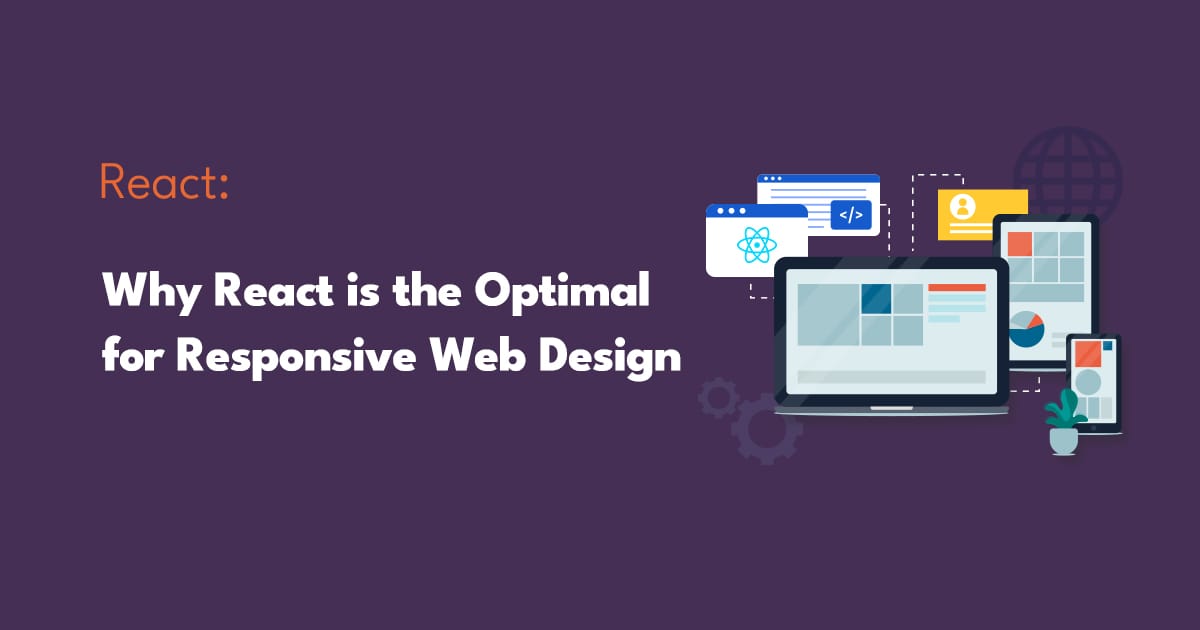In today's fast-paced digital landscape, responsive web design is not just an option—it's a necessity. Among the myriad of tools and frameworks available to developers, React stands out as particularly well-suited for creating responsive web applications. Here are several key reasons why React is the go-to choice for developers aiming to build scalable, responsive websites.
1. Component-Based Architecture: React’s core structure is based on reusable components. This modular approach allows developers to build applications with reusable, manageable pieces of code that behave consistently across different platforms and devices. Each component manages its own state and logic, which means updates and UI changes are efficient and minimal, reducing the load and enhancing the user experience on devices with varying screen sizes and resolutions.
2. Virtual DOM Enhances Performance: React employs a Virtual DOM, a lightweight copy of the actual DOM. This abstraction enables React to optimize updates to the web page, by comparing changes in the virtual DOM with the real DOM, and updating only what's necessary. This selective rendering improves performance and user experience, making the interface smoother and more responsive, especially on devices with less processing power.
3. Strong Community and Rich Ecosystem: With a vast community of developers and a rich ecosystem, React provides an extensive array of libraries and tools designed to make responsive design simpler and more efficient. Tools like React Bootstrap and Material-UI offer responsive, ready-to-use components that adjust elegantly to different screen sizes, helping developers save time and avoid common pitfalls.
4. JSX for Clear, Concise Code: JSX is a syntax extension for JavaScript that React utilizes to describe what the UI should look like. By mixing HTML with JavaScript, developers can write more readable and concise code that also visually represents the layout in a way that’s easy to understand and manage. This clarity is crucial when adapting layouts to be responsive across devices.
5. SEO Friendly: Responsive design isn’t only about user interface; it also impacts search engine optimization (SEO). React can run on the server, rendering and returning the virtual DOM to the browser as a regular web page. Not only does this speed up the initial load time, but it also ensures that search engines can crawl the site more effectively. A faster, more crawlable website translates directly to better search rankings.
6. Flexibility with Advanced Development Techniques: React's flexibility allows developers to implement advanced programming patterns, such as higher-order components (HOCs) and hooks, which give them fine-grained control over functionality and UI behavior. This adaptability is essential when creating intricate responsive designs that need to function seamlessly across a broad range of devices.
Conclusion: React's combination of performance, reusability, and its robust ecosystem makes it an ideal choice for developers looking to create responsive web applications that offer a seamless user experience. Whether you’re building a complex enterprise solution or a simple interactive blog, React provides the tools necessary to ensure your application looks great and functions perfectly, no matter the device.
Related Posts









